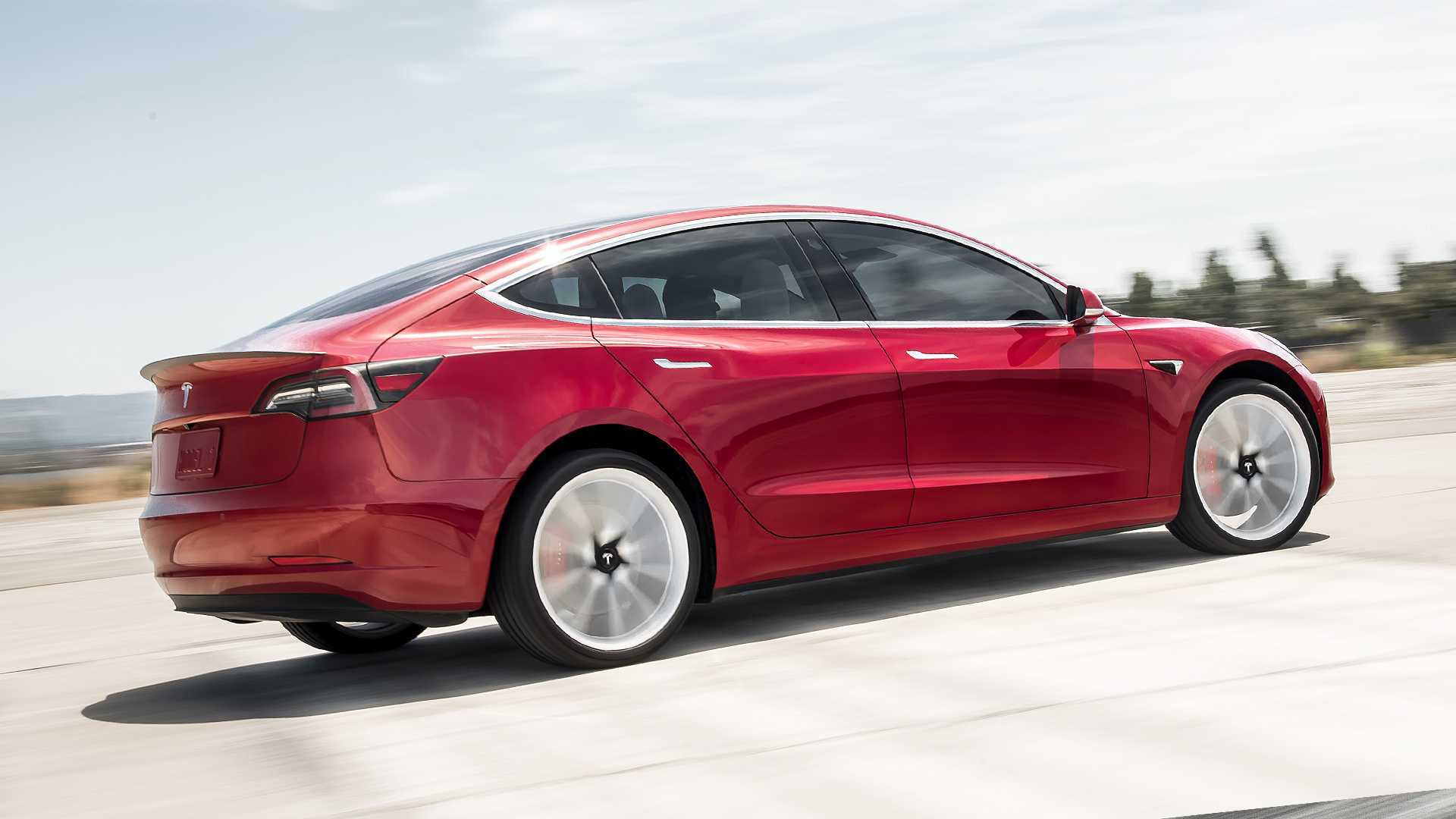ZF has developed the Dual-cam two-lens camera specifically designed for the commercial truck market and to be used in concert with other ZF ADAS technologies. The camera features ZF’s longitudinal and lateral vehicle control expertise combined with Mobileye’s advanced EyeQ4 processor.
Part of ZF’s S-Cam4 family of automotive-grade cameras, the Dual-cam is designed to help meet varying global regulatory requirements and delivers advanced functions such as Traffic Sign Recognition, Lane Keeping Assist and Centering and object and pedestrian detection to enable Automatic Emergency Braking (AEB).
ZF dual-cam image
To help ensure these technologies work effectively on commercial trucks a second lens is necessary for some of these advanced functions. For example, for pedestrian AEB in some instances a standard mono-camera with a 52-degree field can limit the ability to detect pedestrians or other vulnerable road users with enough time to actuate the brakes and help avoid or mitigate accidents for larger trucks in complex environments.—Dan Williams, head of ADAS and autonomy for ZF Commercial truck applications
Having a second lens also enables redundancy for Level2+ functions—if one lens becomes blinded or non-functional the second lens helps ensure the camera can still operate due to multiple optical paths.
ZF’s camera technologies feature best-in-class optical performance and an enhanced fusion envelope. When combined with a full suite of the company’s ADAS technologies such as forward looking and corner radar, automated functions such as lane change assist, and traffic jam assist are enabled. These functions can form the basis for technologies such as truck platooning to make long haul trucking safer and more efficient.
ZF has a long history of commercial truck ADAS supply for major European truck makers, and will launch an advanced ADAS system for a major Japanese manufacturer in 2020. The launch will include ZF’s first application for its Image Processing Module where camera images will be processed in a separate unit from the camera housing.














